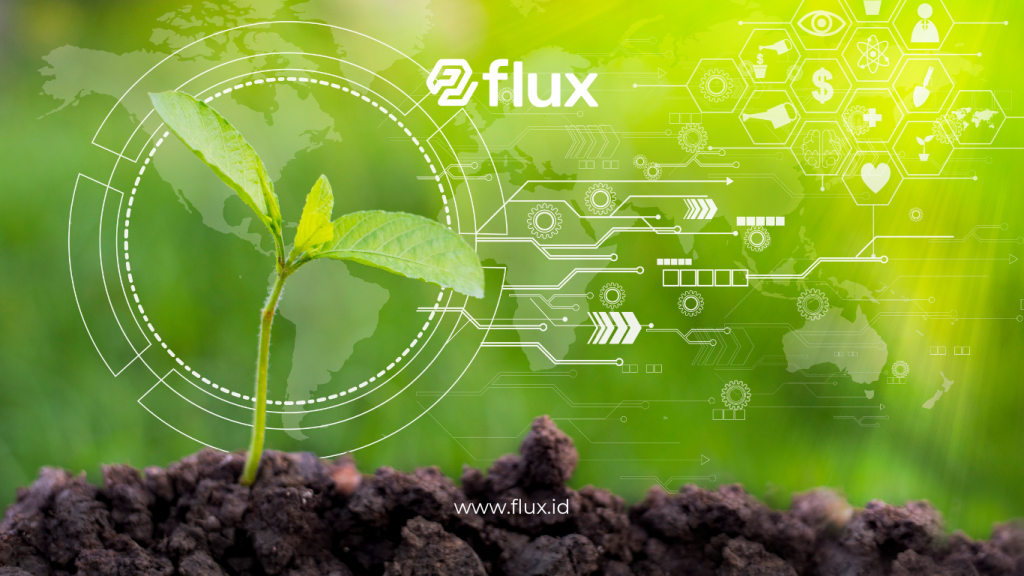Don't miss our holiday offer - 20% OFF!
The digital agriculture revolution has significantly changed how farmers manage their fields and crops. The Internet of Things (IoT) technology is now a key tool for monitoring, analyzing, and making accurate data-driven decisions.
In this article, we will explore how IoT supports modern agriculture by providing real-time data, improving productivity, and reducing crop failure risks.
Contents
IoT in Agriculture: Concepts and Key Components

Read More: Optimizing Agriculture with Soil Health Monitoring Sensors
IoT refers to a network of interconnected devices capable of collecting and sharing data via the internet. In agriculture, IoT typically involves:
- Smart Sensors
- Soil sensors: Measure moisture, pH, and soil temperature.
- Weather sensors: Monitor climate conditions like air temperature, humidity, and rainfall.
- Other IoT Devices
- Drones: For aerial monitoring and fertilizer distribution.
- Automated irrigation systems: Optimize water usage.
- Data Platforms
- Cloud-based analytics process data to generate actionable insights.
Benefits of IoT in Digital Agriculture
1. Enhancing Land Management Efficiency
IoT enables precise land management by utilizing accurate data. For example, soil sensors help farmers determine water or fertilizer needs.
2. Data-Driven Decision Making
With data analytics, farmers can make informed decisions on planting schedules, irrigation patterns, and pest or disease treatments.
3. Reducing Crop Failure Risks
Real-time crop monitoring helps farmers anticipate threats such as extreme weather or pest attacks early.
4. Cost and Resource Efficiency
IoT minimizes waste of resources like water, fertilizer, and labor, reducing operational costs.
Applications of IoT in Digital Agriculture

Read More: IoT in Agriculture – Reducing Waste and Boosting Productivity
1. Smart Farming
Utilizing sensors and automated systems to monitor every step of agriculture, from land preparation to harvesting.
2. Precision Agriculture
IoT technology is used to efficiently plant and harvest crops by leveraging real-time data.
3. Irrigation Monitoring
IoT helps manage irrigation systems based on soil moisture data, ensuring water needs are met without waste.
4. Pest and Disease Management
Drones and AI-powered cameras detect early pest presence, enabling mitigation steps before damage spreads.
Challenges in IoT Implementation in Agriculture

Read More: IoT Sensors and Digital Agriculture: Facing Challenges with Smart Solutions
1. Infrastructure Limitations
Uneven internet connectivity is a major hurdle, especially in rural areas.
2. High Initial Costs
Investing in IoT devices and data platforms requires significant costs, which may be challenging for small-scale farmers.
3. Lack of Technological Knowledge
Farmers need training to effectively operate IoT technology.
The Future of Agriculture with IoT
As technology advances, IoT will continue to transform agricultural practices. Innovations such as cheaper sensors, 5G connectivity, and AI analytics are expected to further boost IoT adoption in agriculture.
Conclusion
The digital agriculture revolution through IoT offers immense opportunities to enhance efficiency and productivity. Despite challenges, the long-term benefits provided by IoT are invaluable. With the right technology adoption, agriculture can become smarter, more sustainable, and more profitable





